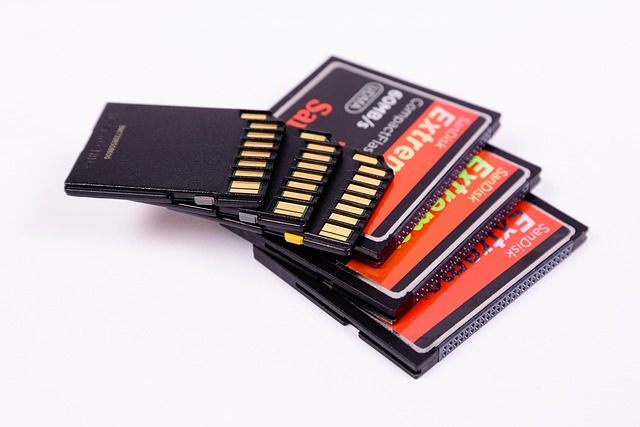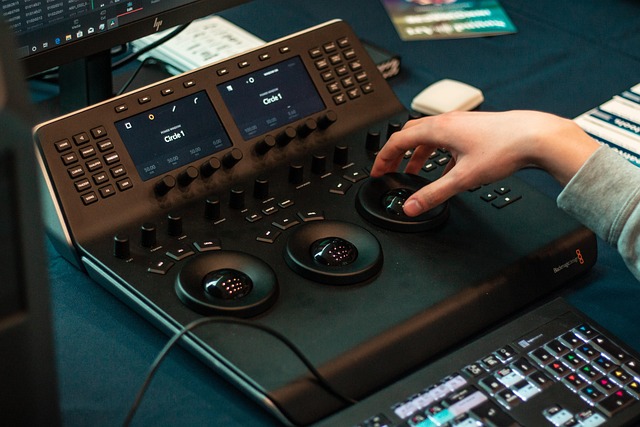In today’s fast-paced digital world, the way we capture memories and share moments has transformed dramatically. At the heart of this evolution lies a small but mighty component: the SD card. Whether you’re a professional photographer, an aspiring videographer, or just someone who loves documenting life’s adventures, understanding the power of SD cards in imaging technology can be a game-changer.
SD, or Secure Digital, cards have become ubiquitous in the realm of imaging, providing a reliable and compact storage solution. Their versatility is unmatched, catering to a myriad of devices including cameras, smartphones, and drones. This versatility means that no matter the platform or project, there’s likely an SD card that fits seamlessly into your workflow.
One of the most appealing aspects of SD cards is their capacity for high-speed data transfer. As imaging technology continues to advance, the need for faster read and write speeds has never been more apparent. High-capacity SD cards can store vast amounts of high-resolution images and 4K videos, allowing creators to shoot without limits and capture every detail of their subject. This can be particularly important for photographers working in dynamic environments where every second counts.
In addition to speed, durability is another key aspect of SD cards that users appreciate. Many modern SD cards are built to withstand various environmental conditions, including moisture, extreme temperatures, and shocks. This robustness gives photographers and filmmakers the confidence to shoot in diverse settings—be it a sunny seaside excursion or a rainy mountain hike—without worrying about the safety of their precious data.
Collaboration is also an important factor in today’s imaging world, and SD cards shine in this regard. They can easily be shared between devices and users, making them an ideal storage solution for collaborative projects. Photographers can swiftly transfer files from their cameras to laptops for editing, or share them directly with clients for instant feedback. The immediacy and ease of access enable artists to work fluidly, helping them connect with their audience that much faster.
The advances in SD card technology don’t stop at storage alone. With the advent of SD UHS (Ultra High Speed) and V-series cards, users can now tap into the higher performance capabilities demanded by today’s imaging needs. Imagine capturing stunning, fast-action shots or recording extended video sequences in the highest quality possible. The potential this unlocks for creativity is immense.
Ultimately, for anyone involved in imaging technology, SD cards represent more than just storage—they symbolize a bridge between vision and reality. They allow artists to express themselves freely, enabling them to document the world in all its beauty and complexity. The next time you reach for an SD card, remember that it’s not just a piece of tech—it’s a powerful tool that empowers you to create and share like never before.



